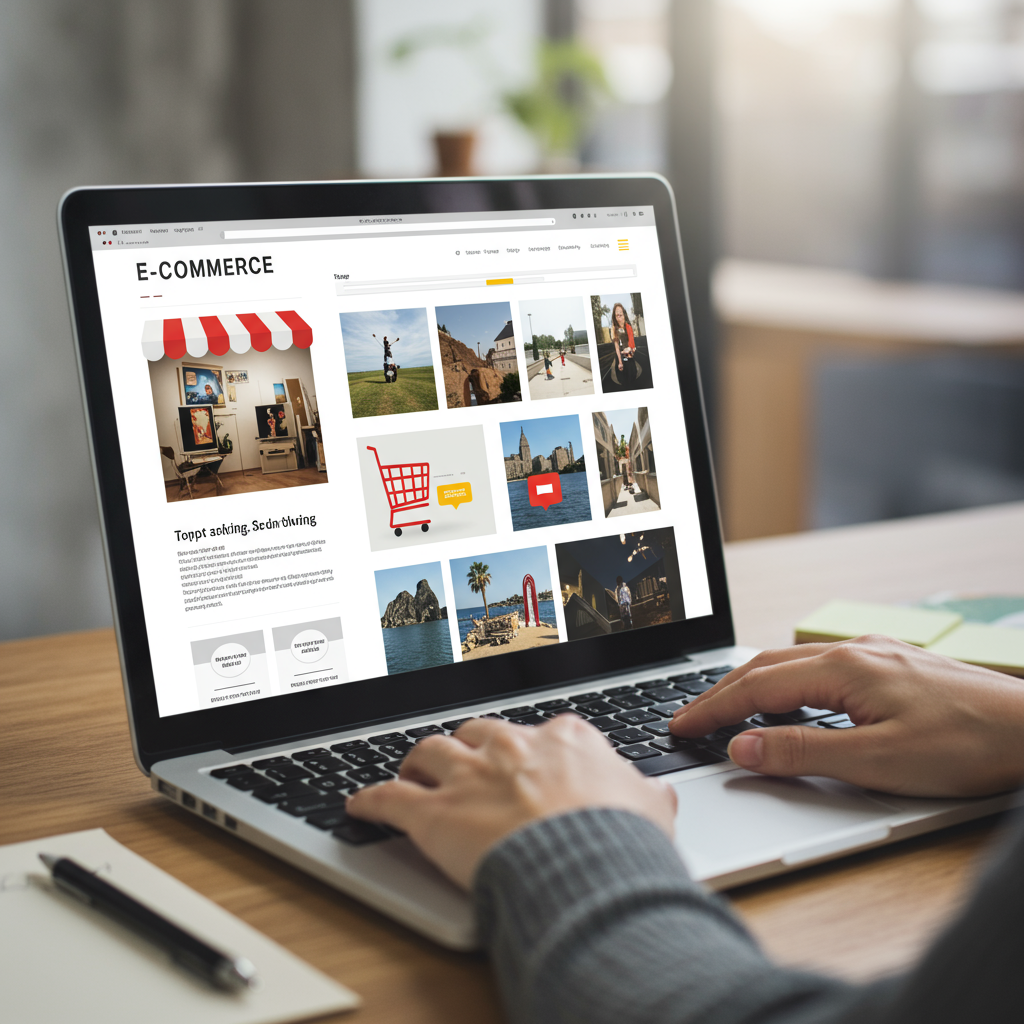Accelerate Your E-commerce Journey from Launch to Consistent Sales
Welcome, fellow entrepreneur! I remember the excitement, and perhaps a touch of overwhelm, when I first launched my Shopify store. It’s a fantastic platform, but getting noticed and making those initial sales can feel like climbing a mountain.
That’s why I’ve put together this guide, sharing some of the most effective growth hacks I’ve learned and applied over the years, specifically tailored for new Shopify sellers like you. My goal is to help you accelerate your journey from launch to consistent sales.
The very first hack, and arguably the most crucial, is **Niche Validation and Deep Understanding**. Before you even think about products, truly understand who you’re selling to and what problem you’re solving for them.
Don’t just pick a product; pick a passion or a pain point. Research your target audience thoroughly. What are their demographics? What are their interests? Where do they hang out online?
This deep understanding will inform every decision you make, from your product selection to your marketing messages and even your store’s aesthetic. It’s the foundation of a successful brand.
Next, let’s talk about your **Store’s First Impression: Professionalism and Trust**. Your Shopify store isn’t just a place to list products; it’s your digital storefront, your brand’s home.
Invest time in a clean, intuitive theme. Shopify offers many excellent free themes that are mobile-responsive and visually appealing. Don’t overcomplicate it with too many flashy elements.
High-quality product photography is non-negotiable. I cannot stress this enough. Clear, well-lit images from multiple angles, showing the product in use, will significantly boost your conversion rates.
Write compelling, benefit-driven product descriptions. Don’t just list features; explain how your product will improve your customer’s life or solve their problem. Use storytelling where appropriate.
**Leverage the Power of SEO from Day One.** Search Engine Optimization might sound intimidating, but for new sellers, it boils down to a few key practices.
Use relevant keywords in your product titles, descriptions, and blog posts. Think about what your ideal customer would type into Google to find your product.
Optimize your image alt text. This helps search engines understand what your images are about and can improve your visibility in image searches.
Ensure your store loads quickly. A slow website is a conversion killer and can negatively impact your search rankings. Use optimized images and avoid unnecessary apps that slow down your site.
**Build an Email List Immediately.** Even if you don’t have a sophisticated email marketing strategy yet, start collecting email addresses from day one.
Offer a small incentive, like a discount on their first purchase or exclusive content, in exchange for their email. A simple pop-up or a signup form in your footer can work wonders.
Your welcome series is crucial. Send a series of 2-3 emails introducing your brand, sharing your story, and highlighting your best-sellers. This builds rapport and encourages that first purchase.
Don’t forget abandoned cart emails. Many Shopify apps can automate this for you. A gentle reminder, perhaps with a small discount, can recover a significant percentage of lost sales.
**Harness Social Media Strategically.** You don’t need to be everywhere. Identify where your target audience spends most of their time and focus your efforts there.
Create engaging content that resonates with your audience. It’s not just about selling; it’s about building a community and providing value. Share behind-the-scenes glimpses, user-generated content, and helpful tips.
Consider running small, targeted social media ad campaigns. Even a modest budget can yield results if your targeting is precise and your ad creative is compelling.
**Master the Art of Customer Service.** Exceptional customer service isn’t just a nice-to-have; it’s a powerful growth hack. Happy customers become repeat customers and brand advocates.
Respond to inquiries promptly and professionally. Be transparent about shipping times and return policies. Go the extra mile to resolve issues.
Encourage reviews! Positive reviews build social proof and trust, which are vital for new sellers. Shopify apps can automate review requests after a purchase.
**Leverage Shopify Apps Wisely.** The Shopify App Store is a treasure trove, but don’t get overwhelmed. Start with essential apps that address specific needs.
Consider apps for email marketing, reviews, upsells/cross-sells, and basic analytics. Always read reviews and check for compatibility before installing.
**Implement Upselling and Cross-selling.** Once a customer is ready to buy, gently suggest complementary products or a higher-value version of what they’re considering.
“Customers who bought this also bought…” or “Complete the look with…” are effective strategies. Many Shopify apps can automate these recommendations.
**Analyze Your Data.** Shopify’s built-in analytics provide valuable insights. Pay attention to your conversion rate, average order value, and traffic sources.
Use this data to make informed decisions. If a product isn’t selling, perhaps its description needs work, or your marketing isn’t reaching the right audience.
**Be Patient and Persistent.** Growth doesn’t happen overnight. There will be challenges and slow periods. The key is to keep learning, adapting, and refining your strategies.
Celebrate small victories, learn from setbacks, and never stop experimenting. Your journey as a Shopify seller is a marathon, not a sprint.
I truly hope these growth hacks provide a solid foundation for your Shopify success. They’ve certainly helped me navigate the exciting world of e-commerce.
What do you think about this article? I’d love to hear your thoughts and any strategies you’ve found particularly effective!






